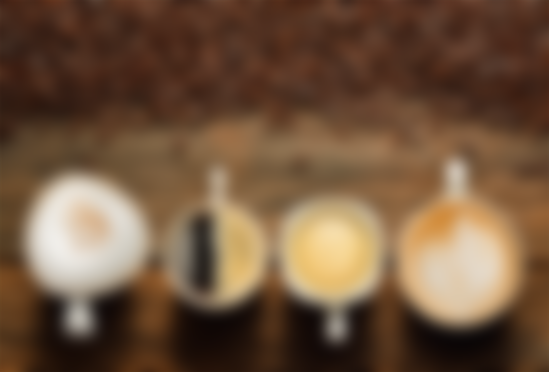Who doesn't like to enjoy a good coffee? Do you know that not all coffees have the same flavor? You don't need to be a great barista to prepare a good coffee, I invite you to continue reading and discover how to recognize and prepare a good coffee.
Serving good coffee is an art, and there is certainly a big difference between what is bought in pots or cans and freshly roasted and ground beans.
Just buying premium beans doesn't guarantee a great cup of coffee. The coffee beans are named according to the region where they come from Venezuela, Colombia, Mexico, etc. The flavor of the grain depends on the altitude and climate in which it was grown. The "arabica" "beans, harvested in the mountains, are tastier than the" robusta "from the lowlands.
The process of roasting coffee also affects the flavor of the bean. The longer the toast lasts, the darker its color. The light roast, takes the acidity out of the bean and provides a coffee to mix with milk and sugar. Medium to regular roast (Americano) gives a slightly richer flavor. Italian and French Express and Vienna are dark and have a bittersweet, burnt taste. European roast consists of one third regular and two thirds dark.

When looking for a good coffee, keep these considerations in mind:
Buy coffee in tightly closed containers.
Find out when the coffee was roasted, as the taste changes after three weeks.
Light, regular roast coffee should have a bright, brown tint and no oil leakage. On the other hand, the darker roasted bean such as Espresso, should have an oily layer.
Can you recognize the kinds of coffee?
To find out which grain you like best, experiment! Start by buying small quantities of different types. Two types of coffee from the same country can be very different, so you should not rule out a country after just one taste. The types of coffee that you may find for sale are:
The one from Brazil, used especially for mixtures. The one from Colombia, rich and full-bodied; This coffee has a smooth, ripe flavor and balanced acidity; offers a popular base for mixing. A great choice for breakfast is Costa Rica coffee, aromatic, full-bodied and with a good degree of acidity. Ethiopia produces a spicy, rich, somewhat acidic and full-bodied coffee, which is ideal for after meals, mixed with Colombian or Javanese coffee.

Hawai coffee has the Kona: sovereign among coffees is extremely rare and expensive. It is generally drunk neat. Indonesia is the birthplace of rich, smooth and full-bodied Javanese coffee, often mixed with Yemen Mocha. From Jamaica, Blue Mountain coffee is one of the best.
Other coffees from this country can be compared with the good quality ones from Latin America. Intense, full-bodied and slightly acidic, this is Kenyan coffee.
Make sure it is marked "AA". The Mexican coffee is aromatic and the best known are Coatepec, Oxaca and Pluma. You can also find coffees from Tanzani (rich and full-bodied), from Venezuela (low acidity) and from Yemen, which is a rich coffee with a chocolate or cocoa flavor, spicy and acid.

There are also coffees flavored with vanilla, almond, cinnamon or chocolate; an aromatic extract has been added to these in a full-bodied coffee base.
Decaffeinated coffees have only 3 mg of caffeine per 6-ounce cup. Regular instant coffee has 60mg and strained coffee 180mg. Among these, Swiss decaffeinated coffee is the most naturally processed, without chemicals that can harm you over time.
How to mix the grains.
The basic rule is, do not mix similar coffees; for example, acidic Africans should not be mixed with other coffees that have this same characteristic.
How to make good coffee
Always use cool, cool water.
Measure out two level tablespoons of coffee for every 3/4 cup of water.
Always buy coffee in small quantities and grind it yourself before making it.
Never reheat coffee: this gives it a bitter taste.
The essence of coffee is an oil; wash the coffee maker well in soapy water after use.
Thanks for reading my post.
Main image: https://acortar.link/fDPN8



Actually am coffee lover. Nice article dude